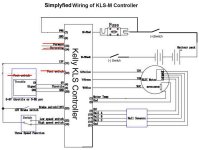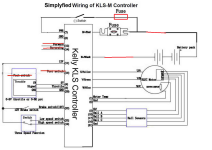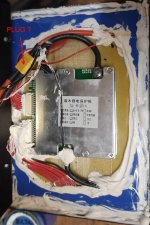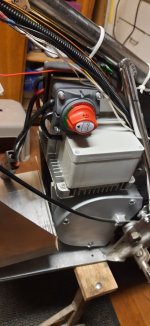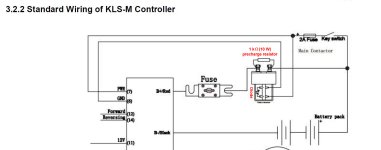Dui ni shuo de dui
10 kW
Elektrosherpa said:After a lot of writing on Alibaba, the battery seller proposes now to send me another BMS , and instructions how to exchange it.
So now it would be highly important to know a good BMS, so that I can tell them what they have to send.
Mabye someone can tell an exact brand name / model of a BMS which would make sense to use in my build ?
Ask for the ANT BMS if possible:
this one:
https://fr.aliexpress.com/item/32826820690.html
I suggest you to go for the 300A version if possible, you can set it to whatever current you need (so you can use the 300A and set it to 150A maximum).
Try to get the little screen with it, it is really nice since it can display many informations (total voltage, voltage per cell, current draw, mileage, speed, temperatures, etc).
I think the seller will not be ok to pay the full price for it, but maybe you can give them a little extra money and split the bill.


